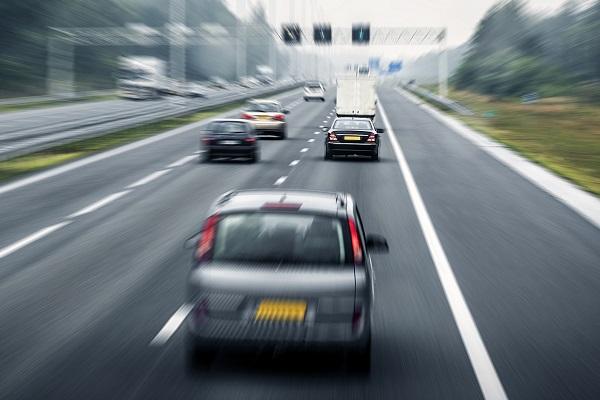There’s lots and lots being written about self-driving cars and not all of it positive. Doubts about whether a Level 5 autonomous car is feasible are bolstered by reports of accidents, threats from hacking and general driver resistance to self-driving cars.
In a lengthy article in Forbes this month, Lance Eliot, an expert on Artificial Intelligence (AI), reports on a dramatic expression of this resistance to self-driving cars – road bouldering.
I’ll summarise. Firstly, to explain road bouldering. This is where a car in front moves into your lane and appears to deliberately slow you down. Why? Maybe they’re just jealous of your flashy coupe and all too happy to scupper your efforts to get the most out of it. Or they may be playing policeman and looking to slow you down if they feel your speed is excessive – a dangerous game. Or they’ve absent-mindedly made a lane change without paying heed to the traffic in that lane. Either way, the manoeuvre has left you frustrated, not to mention angry.
So, what’s this got to do with autonomous vehicles? We’re talking here about Level 5 autonomy, where the car drives entirely on its own without any human assistance. Apparently, those being tested on the roads are being subjected to real-life road bouldering.
Eliot warns of drivers deliberately committing this manoeuvre once they spy a self-driving car. They may be betraying an urge to beat the technology and confuse the AI car. Some are just keen to see what will happen when an autonomous car is confronted with a road bouldering action
They may believe they are doing a service to mankind. “Those darned AI driving system had better know how to handle a road bouldering circumstance, and it is up to this particular human driver to ferret out whether the AI can handle the driving or not.”
In fact, the AI driving system will already be versed on-road bouldering as part of the millions of simulated miles of driving involved. So what will it do?
The systems will all act differently. Maybe nothing – the system comes upon a car that is slowing progress, and the AI mathematically computes that this is generally okay, opting to slow down the self-driving car and try to maintain a safe distance.
Or, the self-driving car can be “convinced” to slow down and come to a stop, merely by a car ahead of it doing the road bouldering and getting slower and slower. There are reports of this being done by police cars to slow down a Tesla that was on Autopilot and the human driver had fallen asleep. The author predicts that AI responses will become more advanced, such as changing lanes. Unlike a human, the AI will not honk the horn or flash the headlights – at present they are not programmed to act this way.
Finally, Eliot asks whether a self-driving car should itself make use of road bouldering. By sticking to the speed limit – as they are programmed to do – chances are that self-driving cars will often be performing a form of road bouldering. And if this causes human drivers to slow down, surely it’s a positive consequence of self-driving cars? It may not work out that way. Eliot doubts that human drivers will abide by the slower moving self-driving cars, despite them being on the right side of the law.
“Instead, what seems more realistic is that human drivers will get irked by self-driving cars that are doing these actions. This might cause human drivers to decide to take dangerous reactive courses of action.”
For this way of thinking, many of today’s AI driving systems are programmed to try and stay in the slow lane and not get into the fast lane unless absolutely necessary. Hardly a long-term solution – who wants to stay stuck in the slow lane?
Road-bouldering. Just another example of the challenges we face in integrating the self-driving car into our human driving environment … and yet another barstool conversation piece!

